.webp)
 Mrs. Mayuri Mathur
Mrs. Mayuri Mathur
Mpox Virus Outbreak in India: Current Situation and What You Need to Know
Monkeypox, a rare viral zoonotic disease, has attracted global attention due to its large-scale outbreak in various parts of the world. Historically, it was confined to Central and Western Africa. However, its recent cases in non-endemic countries have alarmed the health authorities about its potential spread, declaring it a Public Health Emergency of International Concern by WHO on July 23, 2022.1,2
What is Mpox?
Mpox, formerly known as monkeypox, is caused by the monkeypox virus (MXPV), a member of the Orthopoxvirus genus. While it belongs to the same family as the smallpox virus, it is not related to chickenpox. The virus was first identified in 1958 during two outbreaks among research monkeys, though the exact source of the disease remains unknown. The first human case was documented in 1970 in the Democratic Republic of Congo, marking the beginning of Mpox's recognition as a human infectious disease.
There are two
different clades of the virus:
- Clade I (with subclades Ia and Ib)
- Clade II (with subclades IIa and IIb).
Clade IIb triggered a global outbreak in 2022, which continues to persist in several African countries. Meanwhile, Clades Ia and Ib are also becoming increasingly widespread, particularly affecting the Democratic Republic of the Congo and other African nations. As of August 2024, Clade Ib has been identified outside of Africa, drawing significant attention from scientists worldwide. Early reports suggest that Clade Ib may be more transmissible than other variants, with human-to-human transmission, including through sexual contact, playing a significant role in its spread. This heightened transmissibility has made it a key focus of ongoing research.
Mpox Symptoms and Transmission
The incubation period for thevirus typically starts within a week but can range from 5-21 days after exposure. Initial symptoms of Mpox includes rash which may or may not be followed by fever, headache, muscle aches, backache, swollen lymph nodes, sore throat, and exhaustion.
The rash often starts on the face before spreading to other parts of the body, including the palms of the hands and soles of the feet. However, in a few cases, it can also start on the genitals or anus, where the contact has been made. The flat sore rash progresses into a blister filled with liquid that may be itchy or painful before finally forming scabs that fall off.
In most cases, the
symptoms resolve; however, children, pregnant people, and people with weak
immune systems, such as HIV, are at increased risk for complications and death.
Other complications may include:
- Pneumonia
- Corneal infection with loss of vision
- Pain or difficulty swallowing.
- Vomiting and diarrhoea
- Dehydration or malnutrition
- Infections of the blood (sepsis), brain
(encephalitis), heart (myocarditis), rectum (proctitis), genital organs
(balanitis) or urinary passages (urethritis).3
The common transmission routes for Monkeypox are:
- Animal to human - through bite or scratch
from the infected animal.
- Human-to-human - primarily through
respiratory droplets(face-to-face), direct contact with skin (such as
touching or sex), or mouth-to-mouth or mouth-to-skin contact (such as
kissing) with an infected person.
- Through contaminated materials such as
bedding, clothing, and needle injuries in health care or in tattoo
parlors.
- Transmission to a baby during pregnancy or birth can cause loss of the pregnancy, stillbirth, death of the newborn, or complications for the mother.3
Monkeypox Cases in India: Current Status
On July 15, 2022, a 35-year-old Keralan immigrant from the United Arab Emirates (UAE) became the first person in India to have Mpox, which was also reported as the first case in the WHO South-East Asia Region. Up till October 2022, 71 cases of the virus have been documented in India, with one death occurring in the southern state of Kerala.6
According to recent reports, India has not experienced significant outbreaks of monkeypox. However, in light of more and more instances being reported in non-endemic areas, the Ministry of Health and Family Welfare (MoHFW) has released guidelines for the management and surveillance of potential cases.7
Preparedness and Response
India's
preparedness for monkeypox involves several strategic measures:
- Surveillance and Monitoring: Improving surveillance systems to detect and report cases promptly. This includes monitoring travelers from endemic regions and conducting contact tracing, if necessary.
- Laboratory Capacity: The National Institute of Virology (NIV) in
Pune can diagnose the virus using polymerase chain reaction (PCR)
techniques.
- Isolation and supportive treatment: The patient should be given treatment to
alleviate symptoms and any complications arising during isolation.
- Spreading information about communication and
prevention:
Educating healthcare professionals and the public about the symptoms,
transmission, and prevention of Mpox. Public health campaigns are crucial
for dispelling myths and ensuring timely medical consultation.7
- Vaccination: While there is currently no known cure for
monkeypox, earlier studies have demonstrated the effectiveness of vaccines
against smallpox, which could potentially be replicated in the prevention
of Mpox. Hence, the Serum Institute of India has suggested investing in
creating a new mRNA-based vaccination in partnership with its
international partner, Novavax.6
Conclusion
Although India has
not reported significant instances of monkeypox, the nation is nevertheless on
guard and ready to contain any future outbreaks. Continuous monitoring, public
awareness regarding potential modes of transmission, general and specific preventive
measures, early detection, and timely management of all cases are key to
ensuring that India can effectively manage and contain monkeypox should it
arise.
References:
1. Bukhari MH, Goodarzian M. The current
outbreak of Monkeypox virus (MPXV); what strategies can be adopted to control
its transmission? J Pak Med Assoc. 2022 Oct;72(10):2061-2064. doi:
10.47391/JPMA.22-100. PMID: 36660996.
2.
Laurenson-Schafer H, Sklenovská N, Hoxha A, Kerr SM, Ndumbi P, Fitzner J,
Almiron M, de Sousa LA, Briand S, Cenciarelli O, Colombe S, Doherty M, Fall IS,
García-Calavaro C, Haussig JM, Kato M, Mahamud AR, Morgan OW, Nabeth P, Naiene
JD, Navegantes WA, Ogundiran O, Okot C, Pebody R, Matsui T, Ramírez HL,
Smallwood C, Tasigchana RFP, Vaughan AM, Williams GS; WHO mpox Surveillance and
Analytics team; Mala PO, Lewis RF, Pavlin BI, le Polain de Waroux O.
Description of the first global outbreak of mpox: an analysis of global
surveillance data. Lancet Glob Health. 2023 Jul;11(7):e1012-e1023. doi:
10.1016/S2214-109X(23)00198-5. PMID: 37349031; PMCID: PMC10281644.
3.
World Health Organization (WHO). Monkeypox.[Internet]. [cited 2024 Aug 26].
Available at: https://www.who.int/news-room/fact-sheets/detail/mpox
4.
Centers for Disease Control and Prevention (CDC). Monkeypox. [Internet]. [cited
2024 Sept02]Available at: https://www.cdc.gov/poxvirus/mpox/about/index.html
5.
Reardon S. Mpox is spreading rapidly. Here are the questions researchers are
racing to answer. Nature. [Internet]. [cited 2024 Aug 28]. Available at: https://www.nature.com/articles/d41586-024-02793-9
6.
Singh T, Baskaran P, Raghav P, Naveen KH. Monkeypox: Current Situation in
India: An Old Virus, A New Menace? Indian J Community Med. 2022
Oct-Dec;47(4):628-630. doi: 10.4103/ijcm.ijcm_719_22. Epub 2022 Dec 14. PMID:
36742949; PMCID: PMC9891061.
7.
GUIDELINES FOR MANAGEMENT OF MONKEYPOX DISEASE. Ministry of Health and Family
Welfare (MoHFW), Government of India. [Internet]. [cited 2024 Aug 31].
Available at: https://mohfw.gov.in/?q=media/disease-alerts

Mrs. Mayuri Mathur
Mrs. Mayuri Mathur is a Senior Medical Writer (Patient education and digital) and seasoned content creator with a rich tapestry of expertise spanning over ten years. With a diverse background in content creation, she brings a wealth of experience to the table, from crafting insightful medical articles to developing comprehensive patient education materials, dynamic press releases, and captivating brochures and website content. Throughout her illustrious career, she has demonstrated an exceptional knack for distilling complex medical concepts into easily understandable content, making her a trusted resource for both professionals and lay audiences alike. Her meticulous attention to detail and innate creativity have enabled her to deliver content that not only informs but also engages and inspires. Whether elucidating intricate medical procedures or crafting compelling marketing materials, her versatility and dedication shine through in every project she undertakes. Her passion for writing, coupled with her profound understanding, makes her an invaluable asset to any team or project. In a constantly evolving digital landscape, where effective communication is paramount, Mrs. Mayuri Mathur stands out as a beacon of excellence, consistently delivering top-notch content that resonates with audiences across diverse platforms.


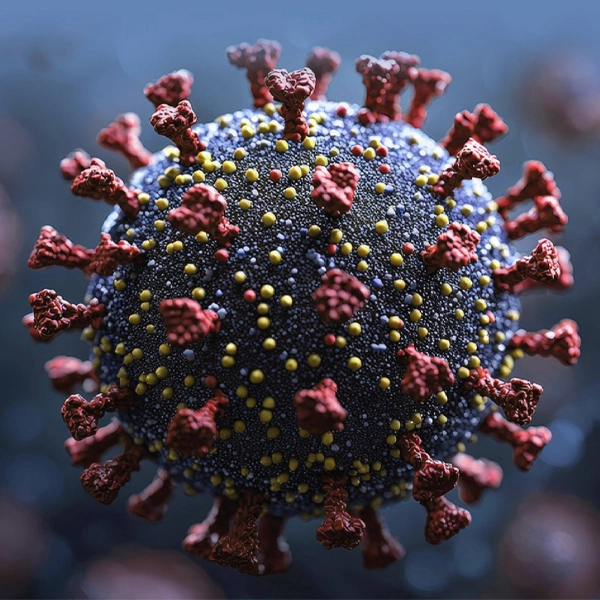
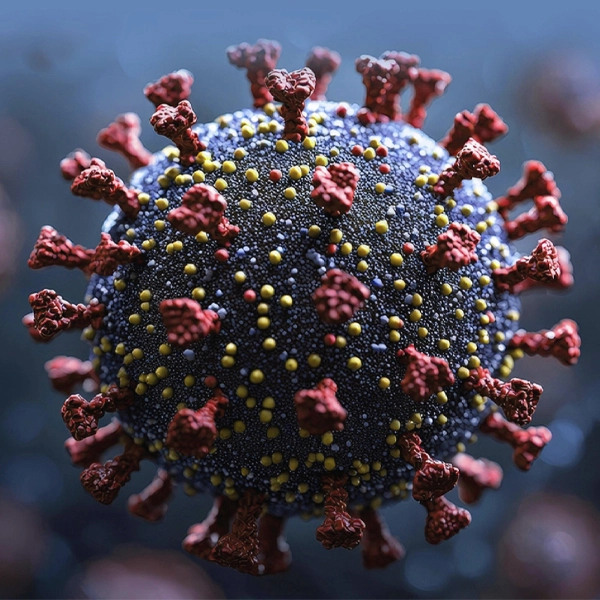
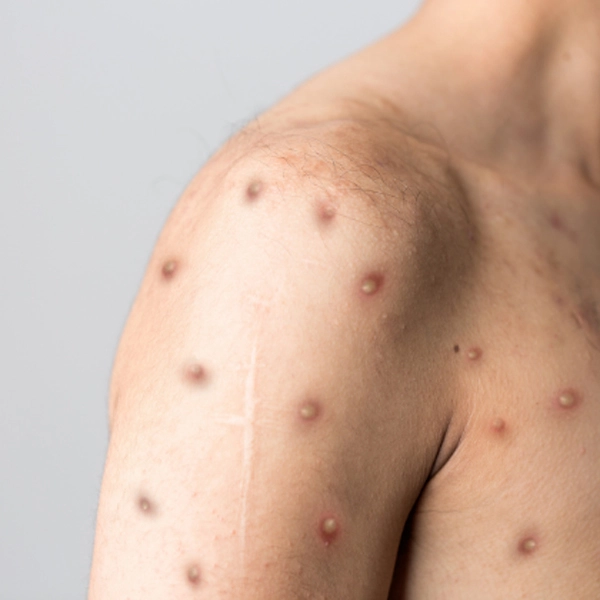
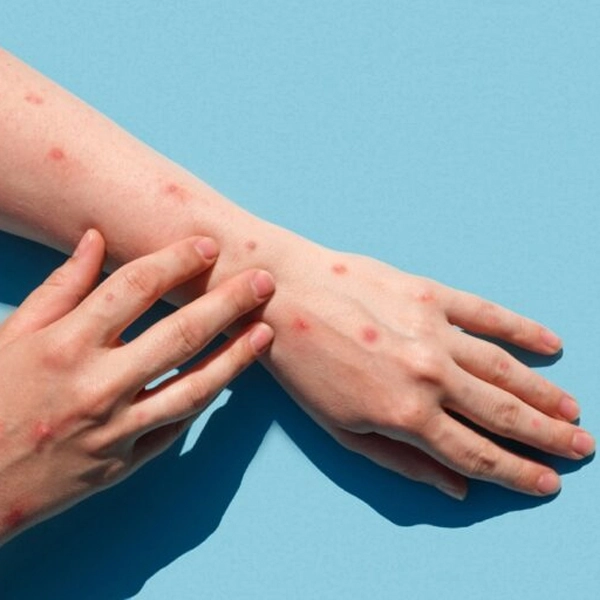
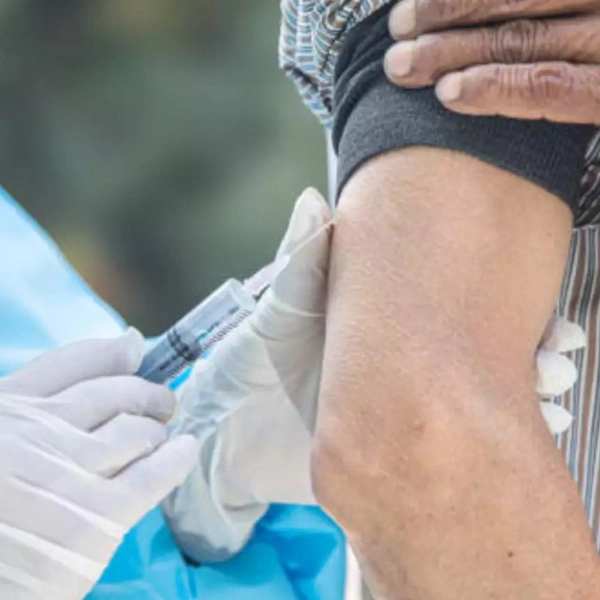
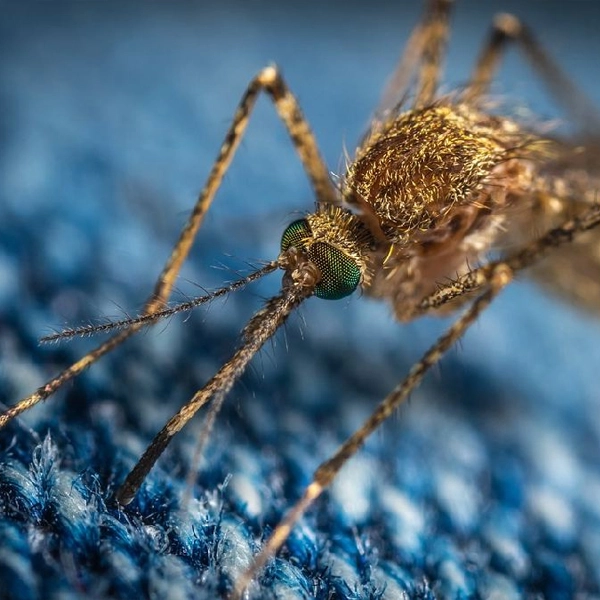

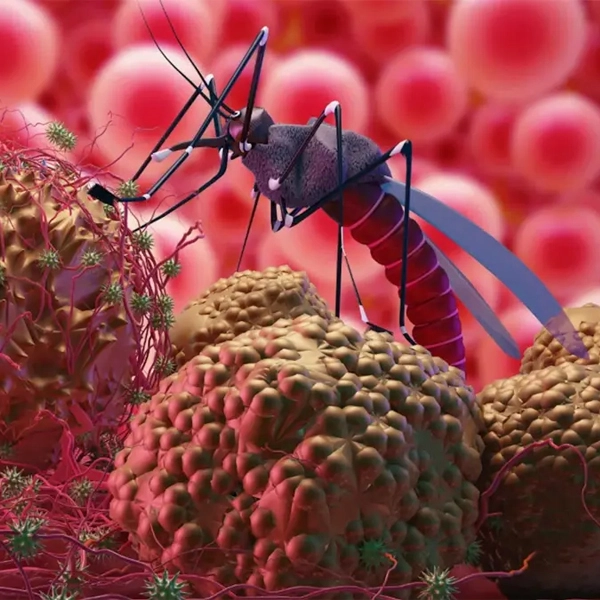
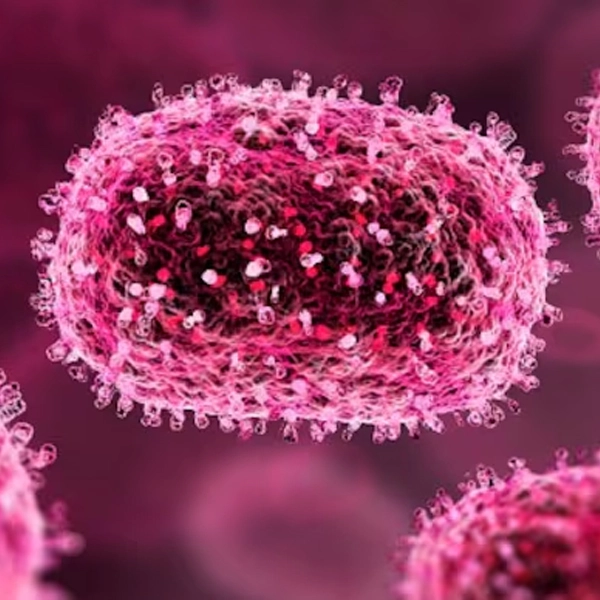
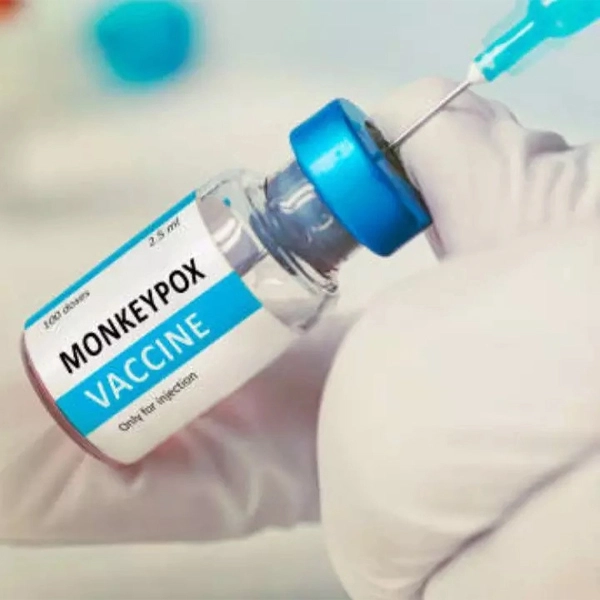

Please login to comment on this article